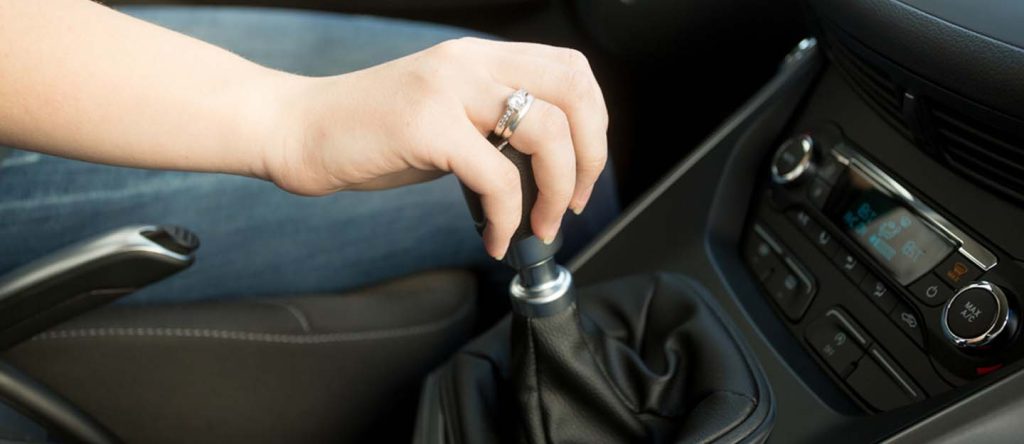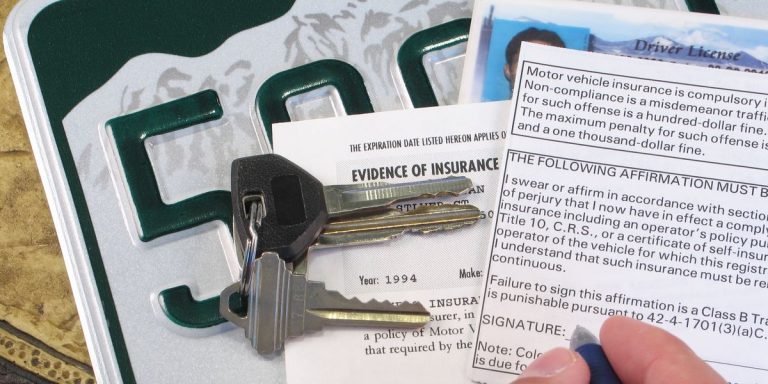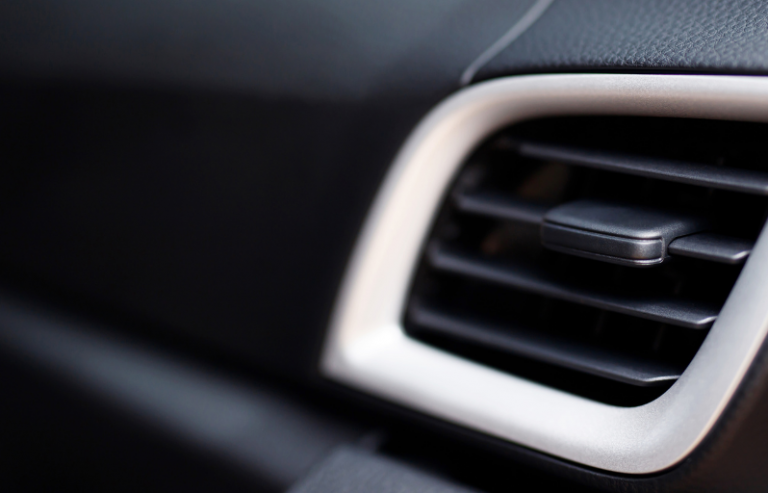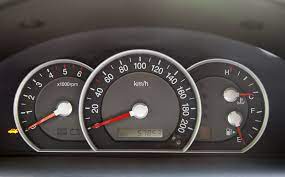Are you having trouble getting your car to go in reverse? Not sure why it’s not working. Don’t worry; this blog post is here to help.
We’ll cover the common causes of why your car won’t go in reverse and provide tips on what you can do to fix the problem.
Why a car won’t go in reverse?
Low Transmission Fluid
If you have a low amount of transmission fluid in your vehicle, you could have problems with the car not going in reverse.
Insufficient quantity or quality of fluid can cause just about any transmission problem, so if your car won’t reverse properly, it’s a good idea to check your fluid levels.
For an automatic transmission, if the fluid is running low, you may experience issues such as an inability to shift into reverse as there may not be enough fluid pressure to do so.
Check your owner’s manual to locate the transmission fluid and make sure it is at the correct level.
Broken Teeth on Reverse Gear
While not unheard of with an automatic transmission, a damaged reverse gear can be caused by a careless or inexperienced driver when shifting a manual transmission.
This is usually due to drivers’ abuse or those learning how to drive. When this gear is faulty, you won’t be able to shift into reverse, so it’s important to check out the transmission system and get it repaired as soon as possible.

Malfunction in the Shifter
If the shifter is not able to engage the reverse gear properly, then you may have difficulty shifting into reverse.
Be sure to check the shifter for any signs of damage or wear and tear.
You may also want to have a professional mechanic inspect it and make any necessary repairs.
Low Quantity or Quality of Fluid
An insufficient quantity or quality of fluid can cause a variety of transmission issues, one of which could be an inability to shift into reverse. If you suspect that this is the case with your vehicle, make sure to check the transmission fluid level.
Start the engine and allow it to run for a few minutes, then check the level when the engine is off. If you notice that the fluid is low, it’s important to replace it with quality transmission oil to restore it to its optimal level.
Inspect for Leaks
In addition to checking for a low transmission fluid level, it is also important to inspect for leaks. A leaky seal or gasket can cause the fluid level to drop over time, resulting in your car not being able to go in reverse.
If the leak is severe, it could cause major damage to the transmission and other components, so it is important to check for any signs of leaking as soon as possible.
Transmissions Filter Needs Cleaning
The transmission filter is responsible for keeping the transmission fluid clean, and if it becomes clogged, it can prevent the car from shifting into reverse.
When this happens, changing the transmission fluid and filter can help clear out hardened particles that have become stuck in the discs. In addition, if there is a low amount of transmission fluid in the vehicle, it can also cause problems reversing.
Make sure to check your owner’s manual to locate the transmission fluid and inspect for leaks or low levels of fluid. Replacing or cleaning the filter, and topping off or changing the oil can help restore your car’s ability to shift into reverse.
Check the Clutch and Gearbox
If the clutch disc is not moving away from the spinning flywheel, it will be hard and sometimes impossible to shift into first or reverse.
This problem is commonly due to worn or damaged parts, like a faulty pressure plate or a worn-out release bearing, so it’s important to get these checked and replaced if needed.
Additionally, you should check your owner’s manual for transmission fluid requirements, as this could be an issue as well.
Why is Engine Racing But Not Shifting into Reverse?
If your engine is racing but the transmission won’t shift into reverse, it could be due to a malfunction in the shifter.
Check the shifter linkage or cables as something may be bent or broken.
Additionally, it’s possible for hardened particles and lubricants to get stuck in the discs, which prevents the car from shifting into reverse.
Be sure to inspect for any leaks and replace the oil if necessary. You may also need to clean the transmission filter or check the clutch and gearbox for any signs of wear or damage.

Chris Miller is an auto journalist who specializes in reviewing new cars and providing helpful advice on family vehicles. He has a passion for cars and enjoys sharing his knowledge and expertise with others.





